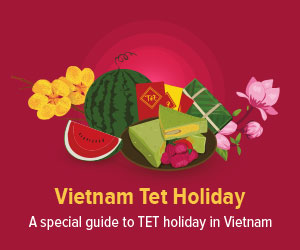Pho (Noodle Soup)
The Noodle Named Pho
“Bánh phở,” the cornerstone of many pho dishes, is a type of fresh noodle made from rice flour. It is white, thin, flat, and carries a delicate buttery and slightly sweet taste reminiscent of boiled rice.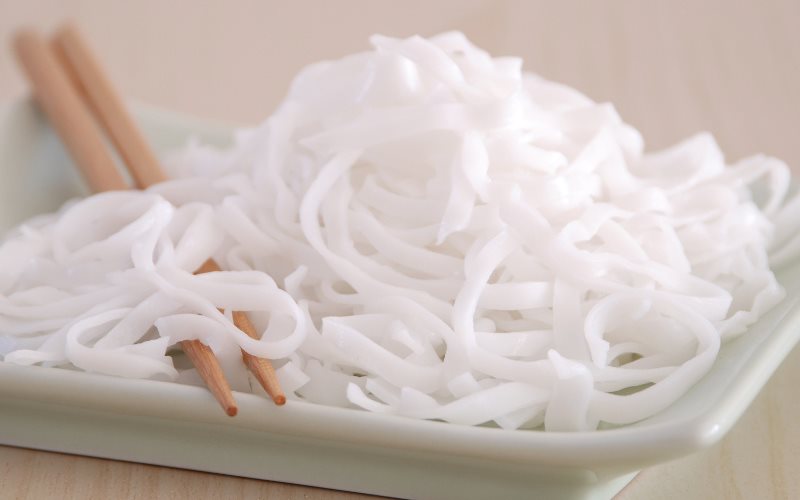 Photo: noinaupho.vn
Photo: noinaupho.vn
Varieties of Pho
Based on the cooking methods, pho dishes are classified into four main types: “Phở nước” - noodle with broth, “phở xào” - stir-fried noodle, “phở khô” - dried noodle, and “phở trộn” - mixed noodle. Furthermore, each variety boasts a wide range of different dishes, contributing to the complex flavors of pho.
“Phở nước”
This is the traditional and most popular style of pho. The most famed dish of “phở nước” is “phở bồ,” or Vietnamese beef noodle soup, which originated from the northern province of Nam Dinh. A bowl of “phở nước” consists of “bánh phở” briefly submerged in boiling water, paired with a sweet broth made from long-simmered ox bones (or chicken bones in southern Vietnam), thinly sliced meat (beef, chicken, or shrimp), and garnished with onions. The dish is often complemented by lime, chili or chili sauce, and chili-garlic vinegar. In Hanoi, pho lovers enjoy “phở nước” accompanied by “quẩy,” which are fried breadsticks. In contrast, diners in the south commonly pair pho with fresh raw vegetables such as Vietnamese basil, coriander, mung bean sprouts, and pickled onions, along with a bowl of rich broth served to order. “Phở nước” is preferred hot.
Over recent decades, other varieties of pho, including “phở xào”, “phở trộn”, and “phở khô,” have gained popularity. “Phở xào” features “bánh phở” stir-fried with beef and assorted vegetables. “Phở trộn” is a salad-like dish that combines “bánh phở” with herbs, raw vegetables, stir-fried beef, and is topped with roasted peanuts.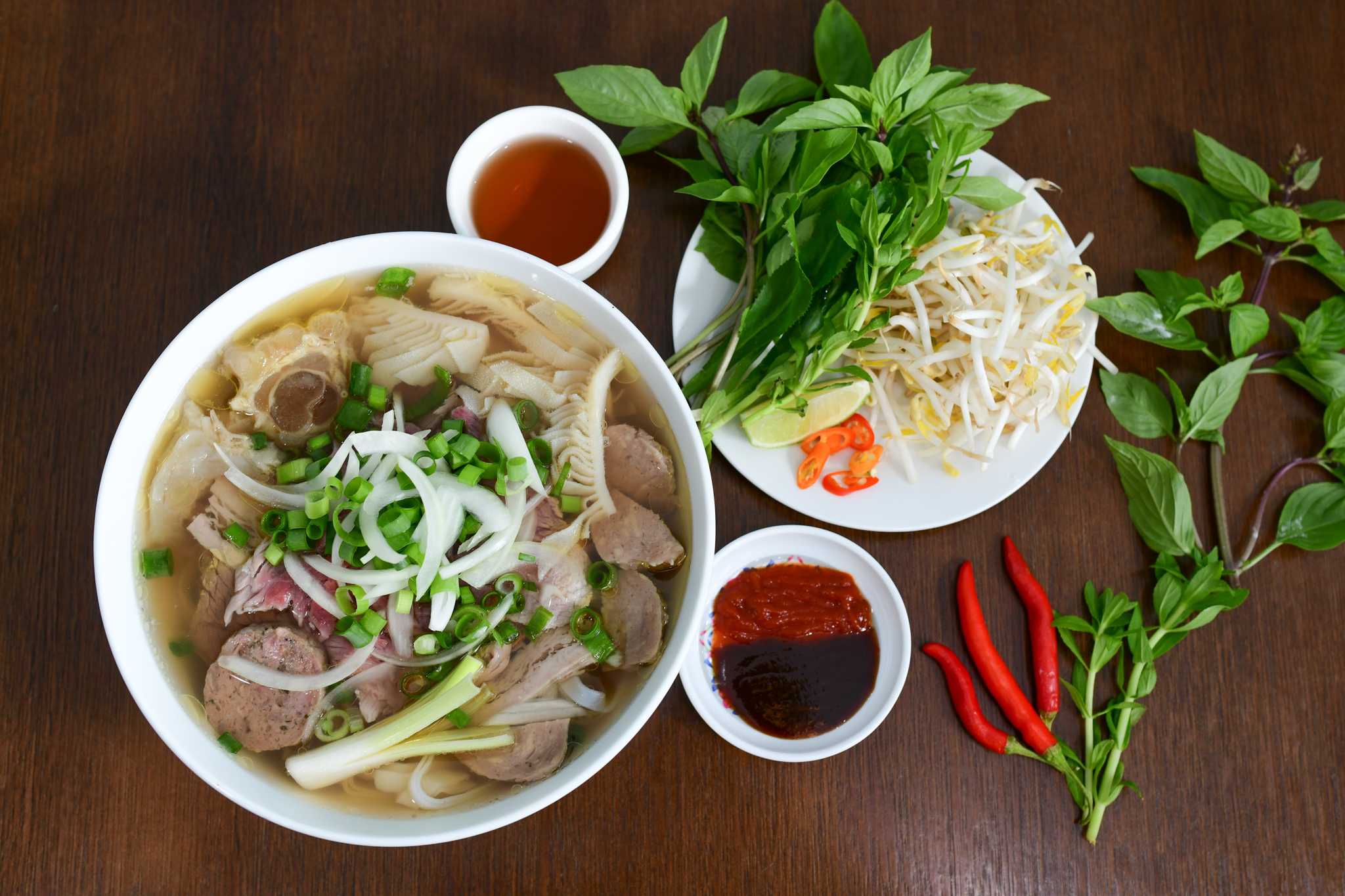 Photo: vietqld.com.au
Photo: vietqld.com.au
Pho Xao
A serving of stir-fried Pho is hearty enough to keep you satisfied all afternoon.
As its name suggests, “phở khô” or “phở hai tô” - two-bowl noodle is served with two bowls: one containing “bánh phở” mixed with fried ground pork, fried onions, and fresh vegetables such as lettuce and mung bean sprouts; the other typically provides a bowl of sweet broth with sliced beef. While both “phở xào” and “phở khô” are best enjoyed hot or warm, “phở trộn” is a refreshing dish favored during hot summer days.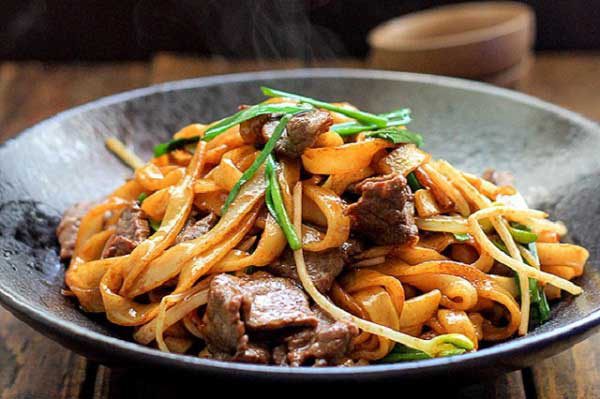 Photo: daubepgiadinh.vn
Photo: daubepgiadinh.vn
The Story of Pho
“Phở” is a beloved dish in northern Vietnam and ranks as the second most popular food among Vietnamese, following boiled rice. While Nam Dinh is recognized as the birthplace of “phở,” it is Hanoi where this delectable dish has gained immense popularity and has become a local specialty. “Phở” is a favorite breakfast, lunch, or late-night snack for many Hanoians and is a must-try for any tourist visiting the city.
About 50 years ago, “phở” migrated from the north to the south of Vietnam, leading to the creation of new varieties such as “phở tôm” - shrimp noodle, and “phở khô Gia Lai” - dried noodle. After the fall of Saigon in 1975, many Saigon residents immigrated to countries like the U.S., Canada, and Australia, bringing “Phở Sài Gòn” to Western shores. Today, prestigious restaurant chains like “Phở 24,” operating in Vietnam and various countries worldwide, have played a significant role in promoting pho on an international stage.
In 2025, instant pho is widely available in grocery stores and supermarkets, making it easy to prepare a meal in just a few minutes—ideal for enjoying pho anytime, anywhere (all you need is hot water and a bowl). However, many people still prefer dining at street vendors, drawn by the authentic flavors and vibrant atmosphere. There are a variety of pho, primarily differentiating based on preparation methods and types of meat used. It's beneficial to learn a few terms for ordering the dish, not only to demonstrate your culinary savvy but also to connect better with locals.
- Pho bo: Pho with beef
- Pho ga: Pho with chicken
- Pho moc: Pho with small balls of ground pork or beef
- Pho xao: Stir-fried pho
- Pho sot vang: Pho served with a thick stew instead of broth
- Pho chua: A unique variation found in Northern mountainous regions such as Lang Son, served not with broth but with a blend of fish sauce, peanuts, and lemon.
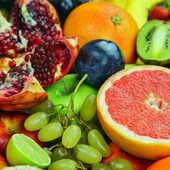
Vietnamese Fruits - An Overview
Being geographically located in the tropical zone, Vietnam is truly a heaven when it comes to fruits.
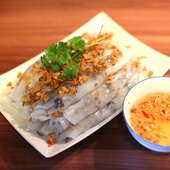
Vietnamese Cakes - A Closer Look At Vietnam's Most Varied Food
An overview to the different types of cake in Vietnam.
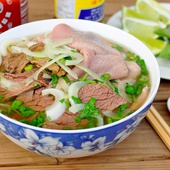
Vietnamese Noodles - An Overview
An introduction to Vietnamese noodles.



